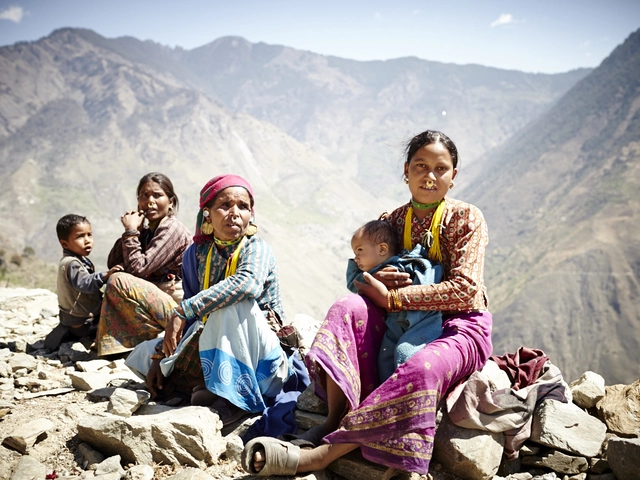South Indian: Practical Guide to Living and Property in South India
If you're thinking about moving to or investing in South India, this tag brings together useful local insights. South India covers Kerala, Tamil Nadu, Karnataka, Andhra Pradesh and Telangana. Each state has its own job markets, culture, and real estate patterns. Read on for clear, practical points that help you decide where to live, whether to rent or buy, and what to watch for when checking a property.
South India property markets at a glance
Bengaluru and Chennai are tech and industry hubs with higher prices but steady demand. Hyderabad mixes IT and affordable options, and has quick infrastructure growth. Kochi and Thiruvananthapuram in Kerala attract NRIs and retirees; expect quieter neighborhoods and premium coastal pockets. Secondary cities like Coimbatore, Mysuru, and Visakhapatnam offer lower prices and decent rental yields. Look at job growth, new metro or highway projects, and local supply lists before deciding—those drive prices more than short-term headlines.
For rental seekers, student zones and IT corridors give the best tenant pool. For buyers, gated communities near transit lines resist value drops better than isolated developments. Check recent sale records in the neighborhood and ask local agents for average days-on-market; long waits often mean overpriced listings or hidden issues.
Quick checklist for buyers and renters
Use this checklist when you view properties or shortlist areas:
- Transport: How long is the daily commute by car and by public transport? Confirm peak-hour times. Shorter commute can save hours weekly.
- Schools and hospitals: If you have a family, visit nearby schools and clinics. Check admission demand for popular schools.
- Legal title and approvals: For buyers, insist on clear title, sanctioned plan, and occupancy certificate. For apartments, verify society formation and maintenance rules.
- Builder reputation: Ask for past projects, delivery history, and any ongoing litigations. Speak to current residents if possible.
- Resale and rent potential: If you plan to resell or rent later, choose areas with steady employment growth and good amenities.
Daily life tips: South Indian cities are walkable in parts, have good food options, and strong local markets. Language varies—Tamil, Telugu, Kannada, Malayalam—but English works in offices and malls. For driving, expect mixed traffic styles; app taxis are widely available in major cities.
Budgeting matters: Factor in GST and stamp duty for purchases, and brokerage or refundable deposits for rentals. Maintenance charges and parking fees can add 5–15% to monthly housing costs.
Final thought: focus on the location more than the finish. A modest home in a rising neighborhood trumps a fancy flat in a shrinking area. Use local insights, check legal papers, and match the spot to your lifestyle—job, family needs and daily commute. This tag collects stories and tips around South Indian life and property to help you make smarter choices.

What are some of the healthiest South Indian breakfasts?
South Indian breakfasts are healthy and delicious. They are a great way to start your day with a balanced meal. Popular South Indian breakfast options include idli, dosa, upma, pongal, uttapam, and vada. These dishes are typically made with rice, lentils, vegetables, and spices. They are also nutrient-rich and low in calories, making them a great way to fuel your day.
Healthy South Indian Breakfasts



